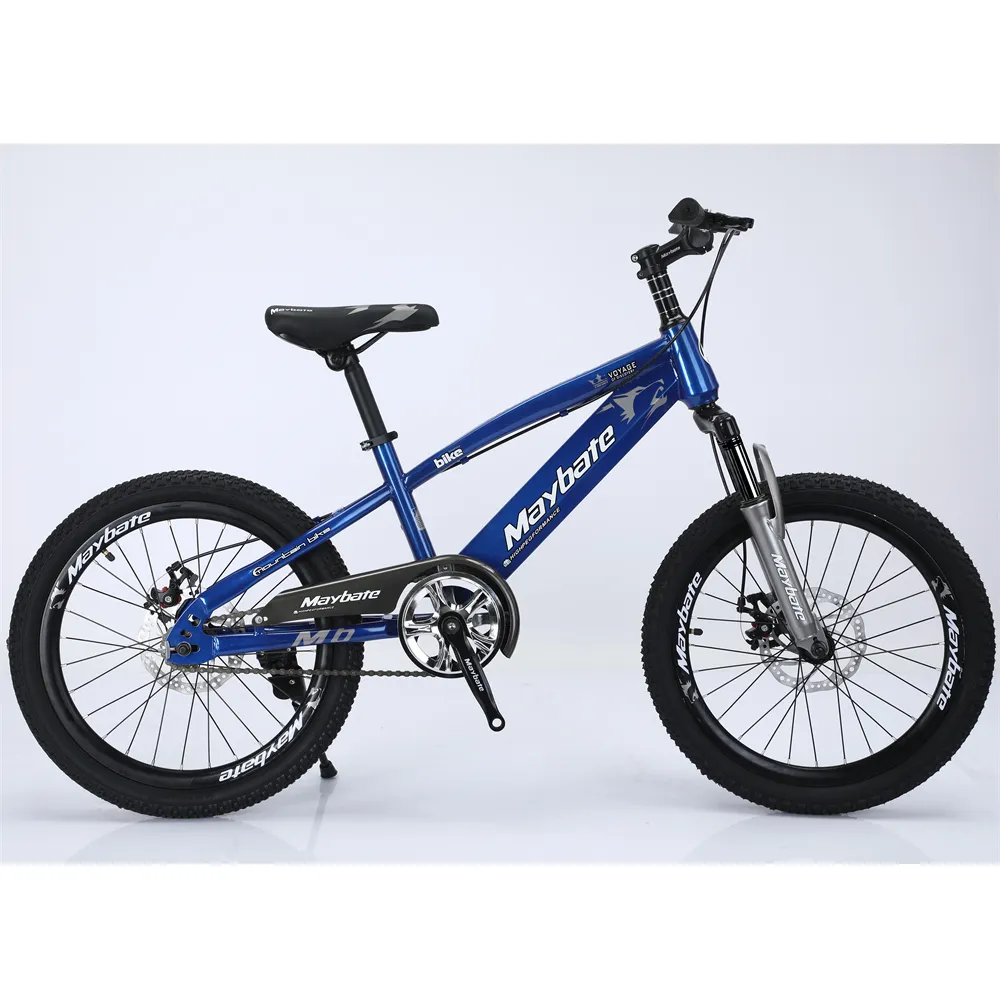Exploring the Benefits of Balance Bikes for Children's Development and Fun
The Joy of Children's Balance Bikes A Pathway to Confidence and Coordination
In recent years, the popularity of children's balance bikes has surged, becoming a staple in families with young kids. These simple yet innovative bicycles, designed without pedals, allow children to focus on balancing rather than pedaling, making them an excellent tool for teaching the fundamental skills of riding. The transition from a balance bike to a regular bicycle is typically seamless, as children gain confidence and coordination through practice.
Understanding Balance Bikes
A balance bike is essentially a small frame bicycle that enables children to learn how to balance on two wheels while using their feet to propel themselves forward. Unlike traditional bicycles, balance bikes come without pedals, which encourages kids to push themselves along the ground with their feet. This design simplifies the learning process, allowing children to master balancing skills before introducing the complexities of pedaling and steering.
From as early as 18 months, children can begin their journey with balance bikes. The low center of gravity and adjustable seat height make these bikes accessible for toddlers, ensuring that they can get on and off easily. The variety of styles and designs—from vibrant colors to themed bikes featuring beloved characters—adds to their appeal, capturing the imagination of young riders.
The Benefits of Balance Bikes
1. Developing Coordination and Motor Skills Riding a balance bike allows children to develop essential motor skills that are crucial for their overall physical development. Balancing requires the use of core muscles, as well as hand-eye coordination, which can enhance their ability to engage in other physical activities.
2. Building Confidence As children learn to balance, they gain a significant boost in confidence. Successfully riding a balance bike can be a transformative experience, empowering kids to take risks and challenge themselves in other areas of their lives. The achievement of mastering balance is often the first step toward more complex physical activities.
childrens balance bike

3. Encouraging Independence Balance bikes promote independence, allowing children to take control of their own learning process. They can explore their surroundings at their own pace, developing a sense of autonomy that is essential during the early years of life. This independence fosters problem-solving skills as children learn to navigate obstacles and make decisions while riding.
4. Promoting Physical Activity In an age where screen time often outweighs outdoor play, balance bikes offer a fun way for children to engage in physical activity. Riding a balance bike gets kids outdoors, encourages them to be active, and helps combat the prevalent issue of childhood obesity.
5. Fostering Social Skills Riding a balance bike can be a social activity, providing opportunities for children to ride together. This interaction helps develop social skills, cooperation, and friendships as they share their experiences, compete in fun ways, or simply enjoy each other's company during playtime.
Transitioning to a Pedal Bike
One of the most exciting aspects of balance bikes is the ease with which children can transition to pedal bikes. Once a child is comfortable balancing on a balance bike, moving to a pedal bike often requires minimal instruction. This transition can occur as early as four years old. Children who have learned to balance on a balance bike typically ride a pedal bike with ease, often mastering it in a matter of hours.
Conclusion
Children’s balance bikes are more than just a fun toy; they are an essential tool in a child's development. They provide a safe and effective way to learn balance, coordination, and confidence while promoting an active lifestyle. As families embrace the joy of balance biking, they are not only nurturing their children’s physical skills but are also laying the foundation for lifelong love for cycling and outdoor activity. In a world where experiences can sometimes be fleeting, balance bikes offer children the thrill of independence, the joy of learning, and a whole lot of fun.
-
kids-scooter-tiny-olympic-games-scooterathlonNewsAug.22,2025
-
kids-scooter-waves-xingtai-zhongzhous-global-rippleNewsAug.22,2025
-
baby-tricycle-oem-legacy-zhongzhou-forgedNewsAug.22,2025
-
xingtais-twin-tricycle-revolution-siblings-ride-togetherNewsAug.22,2025
-
baby-tricycle-design-inspired-by-ancient-armorNewsAug.22,2025
-
nfc-chip-enabled-oem-baby-tricycle-trackingNewsAug.22,2025
-
The Perfect Baby TricycleNewsAug.11,2025








